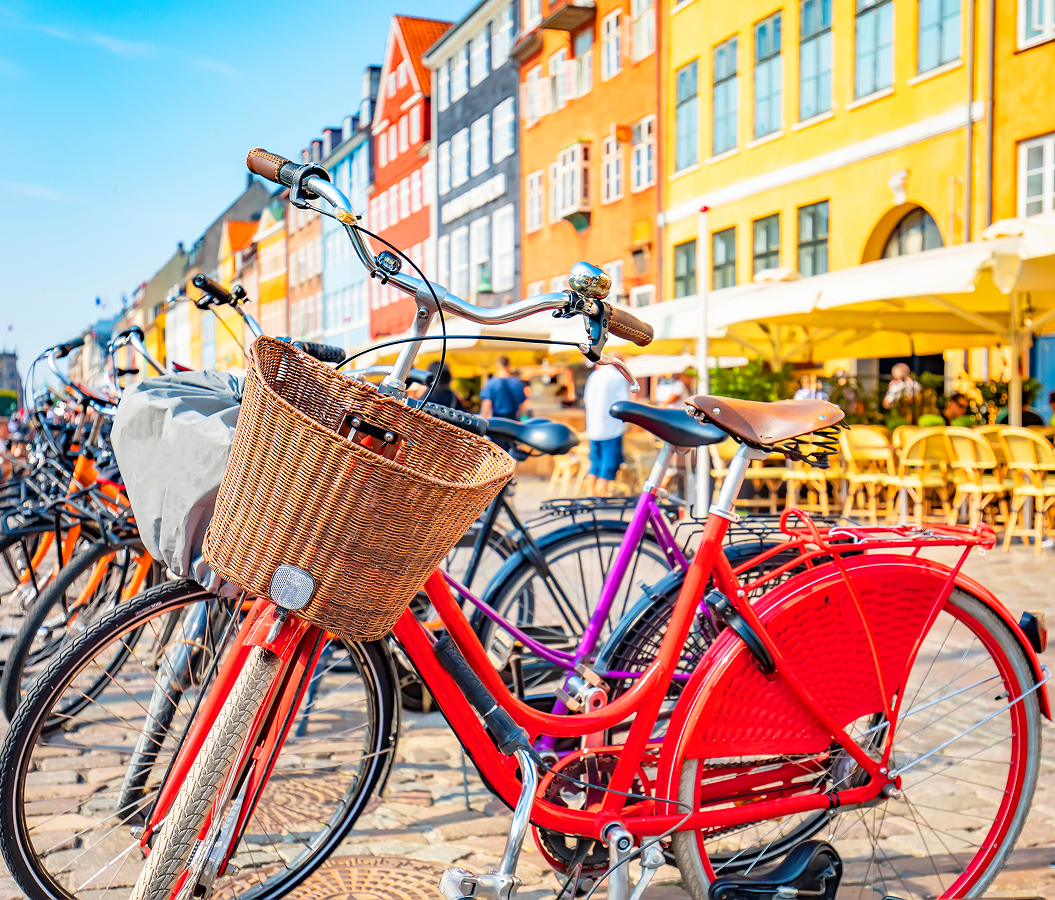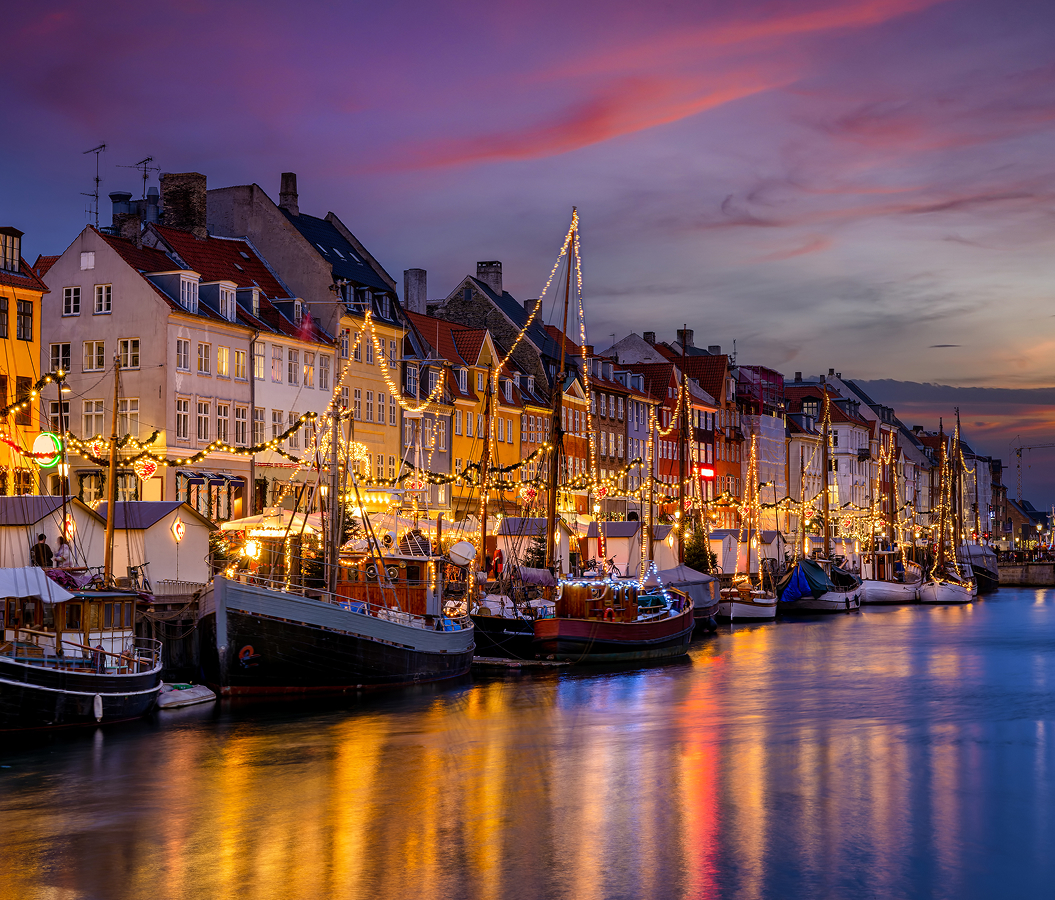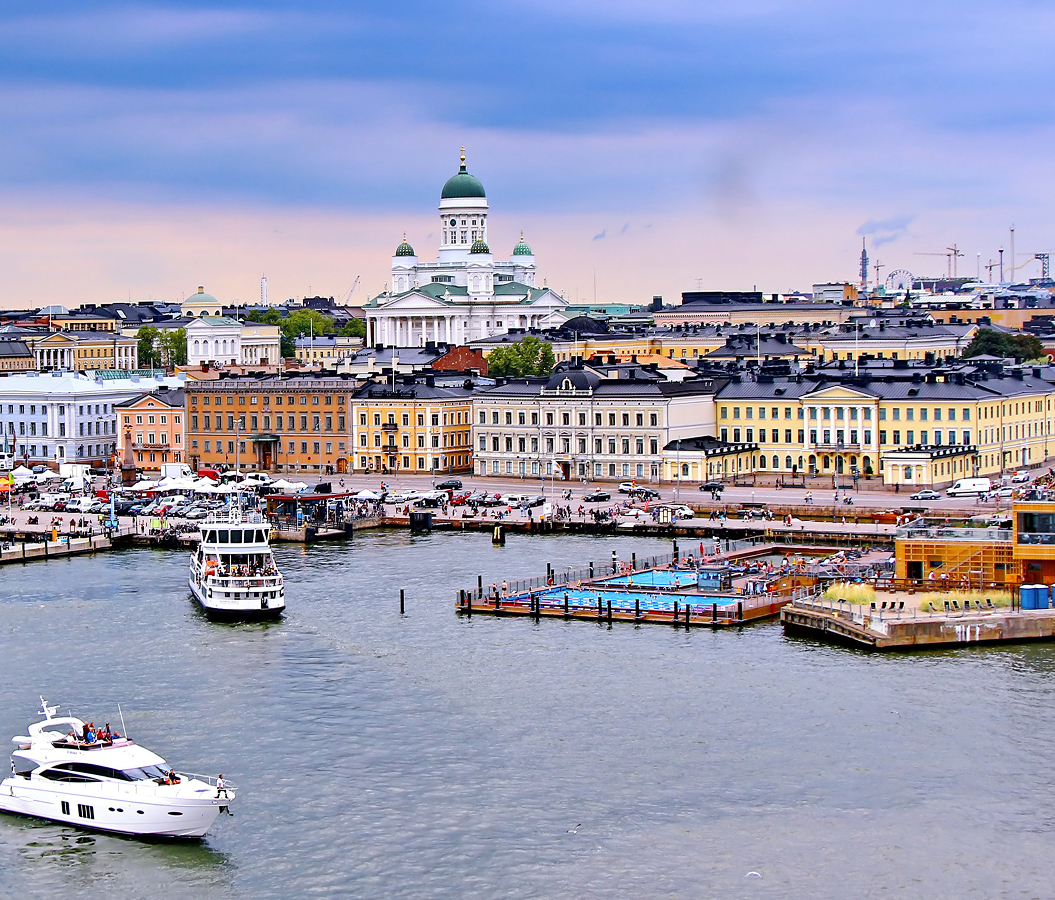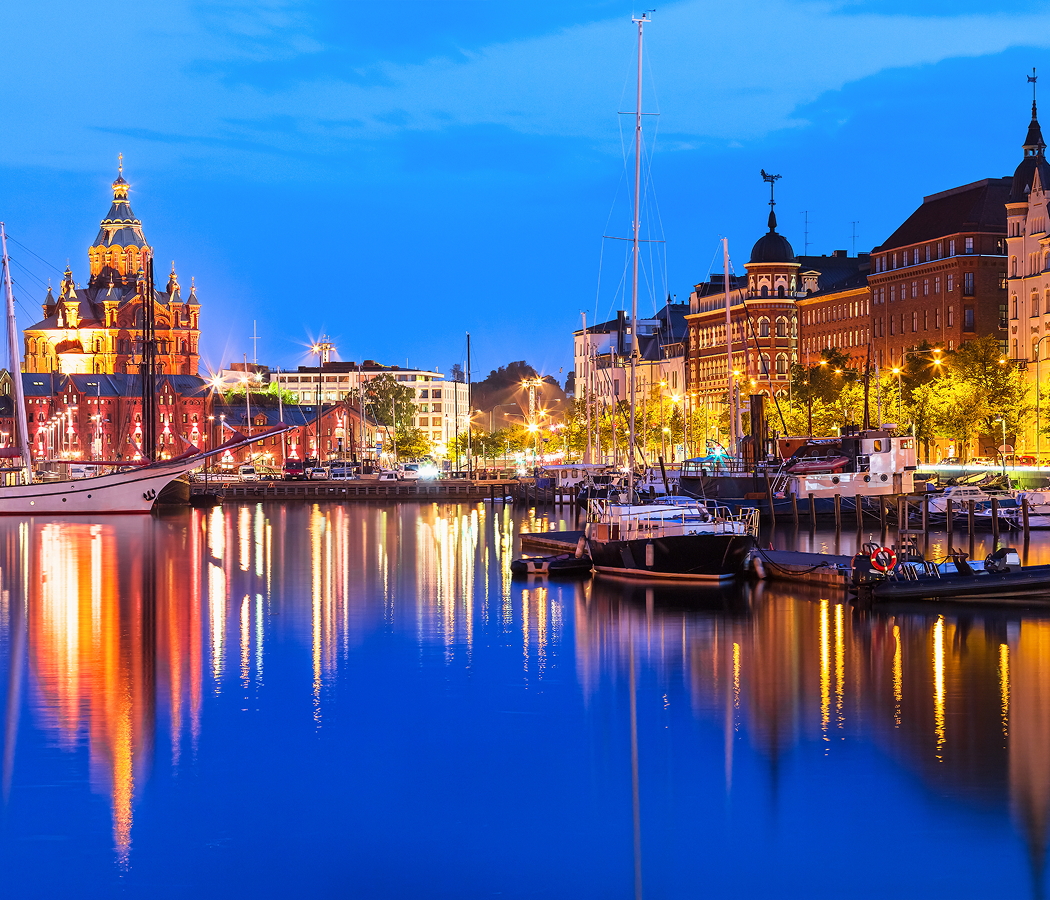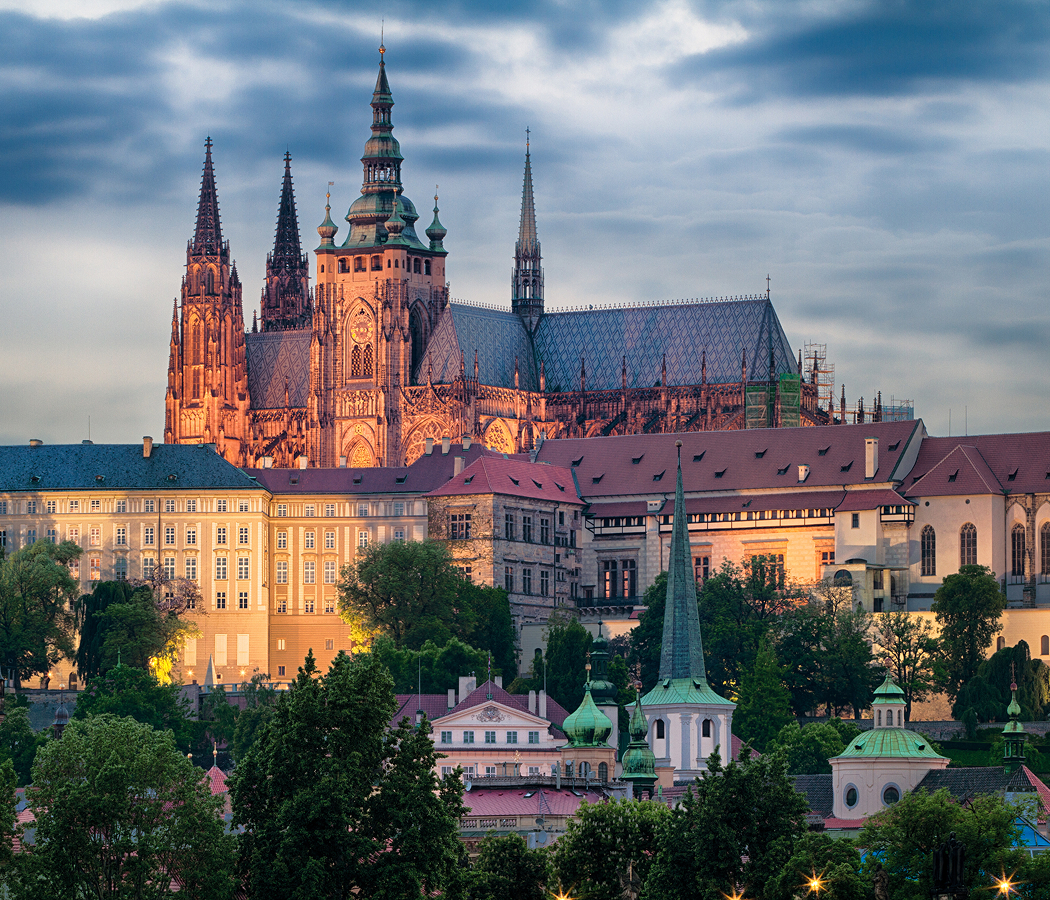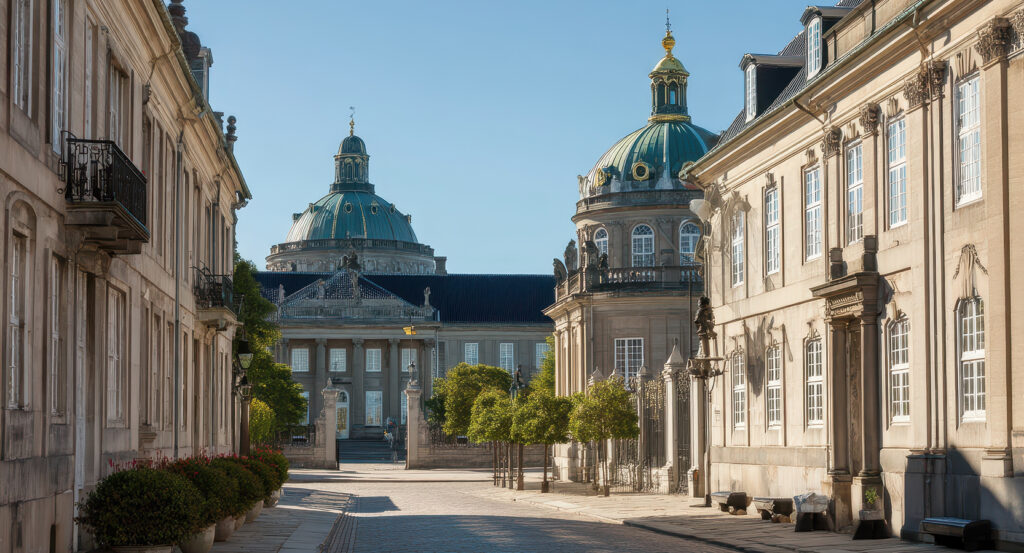
Why you should experience Amalienborg Palace in Copenhagen.
Amalienborg Palace in Copenhagen is the beating heart of Denmark’s monarchy, a living symbol of elegance, tradition, and quiet power.
Set around a grand octagonal courtyard framed by four identical rococo mansions, this royal residence radiates symmetry and grace from every angle. The palace’s pale façades gleam under the Danish sky, their refined minimalism a reflection of the Scandinavian soul, understated yet deeply noble. Guarding its cobblestone square are the iconic Royal Life Guards, dressed in navy uniforms and tall bearskin hats, their rhythmic footsteps echoing through the courtyard in one of Europe’s most dignified changing-of-the-guard ceremonies. Standing at its center is the bronze equestrian statue of King Frederick V, who founded the district in the 18th century as part of Copenhagen’s most ambitious urban plan. Behind the palace walls, the Danish royal family still resides, a blend of history and modernity that gives Amalienborg its living pulse. Few landmarks in the world manage to feel both regal and welcoming, but here, where the flags rise above the mansions and the sea breeze drifts in from the harbor, royalty feels remarkably human.
What you didn’t know about Amalienborg Palace.
Though Amalienborg Palace now stands as Denmark’s royal home, it wasn’t originally built for kings.
In the mid-1700s, the area known as Frederiksstaden was developed to celebrate the 300th anniversary of the House of Oldenburg’s reign. Four noble families commissioned grand mansions around a central square, designed by the architect Nicolai Eigtved in the flourishing rococo style. But destiny intervened in 1794, when a fire destroyed Christiansborg Palace, the royal family’s main residence. With their home in ashes, the royals purchased the Amalienborg mansions and moved in, transforming them into one of Europe’s most elegant royal complexes. Each palace retains its original name and function: Christian VII’s Palace serves as the official guest residence; Christian VIII’s Palace houses the Amalienborg Museum, offering rare glimpses into royal life; Frederik VIII’s Palace is the private home of the Crown Prince and his family; and Christian IX’s Palace serves as the official residence of the reigning monarch. The architecture’s understated splendor hides layers of history, from Napoleon-era politics to World War II, when the royal family’s continued presence in Copenhagen became a quiet act of solidarity with the Danish people. Few visitors realize that beneath the grandeur, Amalienborg remains deeply functional, a palace that works as much as it inspires. Its design, influenced by Enlightenment ideals, reflects balance and order, not just in geometry, but in the very spirit of Danish governance.
How to fold Amalienborg Palace into your trip.
Visiting Amalienborg Palace in Copenhagen is an experience best savored through rhythm and ritual, one that captures both the city’s heritage and its grace.
Begin at noon, when the Royal Life Guards march from Rosenborg Castle through the city streets to Amalienborg for the daily changing of the guard, a spectacle of precision that unfolds in front of the waiting crowd. From there, explore the courtyard, where each façade tells its own story of craftsmanship and continuity. Step into the Amalienborg Museum inside Christian VIII’s Palace to see centuries of royal artifacts, from ceremonial regalia and portraits to the modern family photographs that reveal the monarchy’s personal side. The museum’s highlight is the preserved study of King Christian IX, known as “the father-in-law of Europe,” whose descendants now sit on several European thrones. Once outside, take a moment to stand at the statue of King Frederick V and gaze outward, you’ll see a perfect alignment stretching across the Marble Church’s grand dome, the palace square, and the harbor beyond to the modern Opera House, a line of vision connecting old and new Denmark. In the evening, the palace glows softly under amber streetlights, its windows flickering with a quiet life inside. Visit in winter to see the guards framed by snow or in summer when flowers bloom along the canal nearby. Whether you come for history, ceremony, or the serene geometry of its architecture, Amalienborg Palace is more than a royal residence, it’s the living embodiment of Denmark’s harmony between past and present, tradition and progress.
Hear it from the Foresyte community.
Not the over-the-top palace you expect, more like calm power on display. Show up at noon for the guard change. It’s weirdly cinematic, like watching the monarchy clock in for work.
Where meaningful travel begins.
Start your journey with Foresyte, where the planning is part of the magic.
Discover the experiences that matter most.


